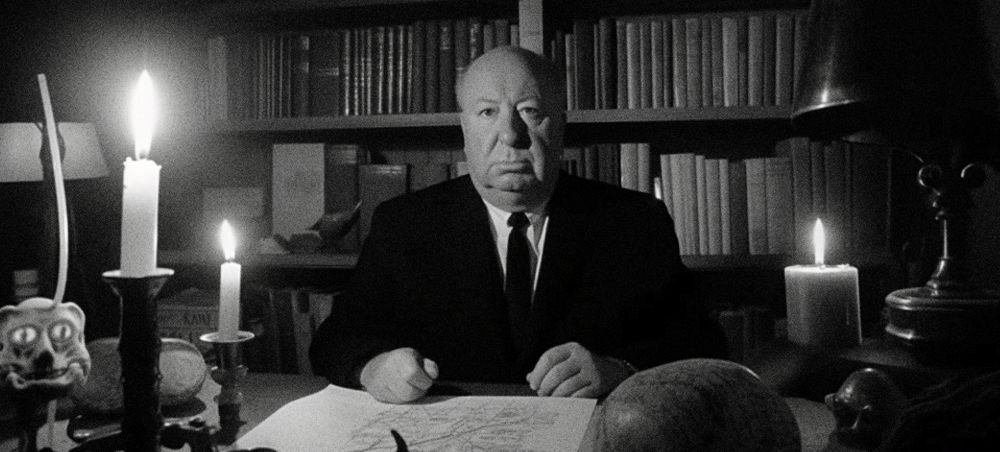
Are you ready to embark on a thrilling journey into the mind of the 'Master of Suspense' himself? If you've ever found yourself on the edge of your seat, heart pounding, eyes glued to the page or screen, you've likely experienced the magic of heart-pounding suspense.
But how do you recreate that magic in your own writing? Well, fasten your seatbelts, because we're about to take a wild ride through the twists and turns of suspense, Hitchcock style. And don't worry, we've packed plenty of popcorn for the trip!
Setting the Stage: Suspense vs. Mystery
Before we dive into the deep end, let's get our bearings. Suspense and mystery are often used interchangeably, but they're as different as apples and oranges, or in this case, Hitchcock and Agatha Christie.
Hitchcock himself once said:
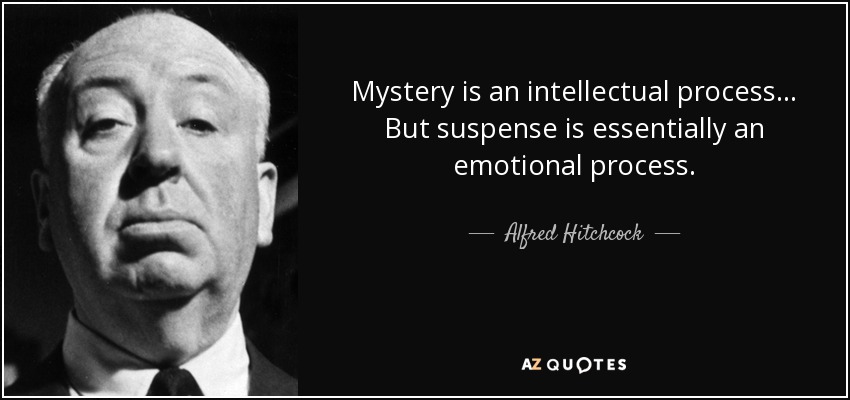
So, if you're looking to give your readers an emotional rollercoaster ride, you're in the right place. If you're aiming for a cerebral game of cat and mouse, well, that's a different ride altogether.
Withholding Information: The Recipe for Suspense
So, what's the secret sauce in Hitchcock's suspense recipe? It all boils down to one key ingredient: information. But it's not just about having information; it's about how you use it. Let's take a closer look.
Imagine you're watching a scene unfold. A character is sitting in a room, completely unaware that there's a bomb under the table, set to go off in five minutes. As the viewer, you know about the bomb, but the character doesn't. Your heart races as the seconds tick by. Will they discover the bomb in time? Will they escape? That, dear reader, is suspense.
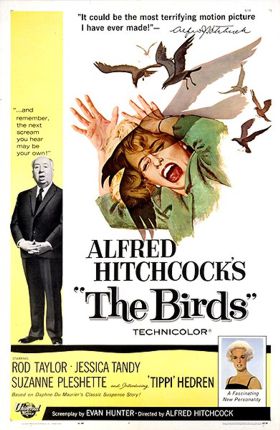
Now, let's take this concept and apply it to one of Hitchcock's most iconic films, The Birds.
In one scene, Melanie Daniels is sitting outside a school, smoking a cigarette, completely oblivious to the growing murder of crows gathering on the jungle gym behind her. We, the audience, are privy to the impending danger, but Melanie is blissfully unaware.
The tension builds with each new crow that lands, and we're left on the edge of our seats, waiting for the inevitable chaos to ensue.
Building Suspense: The Art of Anticipation
Building suspense is like constructing a rollercoaster. You start with a slow climb, ratcheting up the tension with each click of the track. Then, just when the anticipation is almost unbearable, you plunge into a thrilling descent of twists and turns that leaves your heart pounding and your stomach in knots.
In Hitchcock's Psycho, we see this rollercoaster of suspense in action. When Arbogast the detective enters the Bates House, we know he's walking into a trap. But Arbogast doesn't know what awaits him, and that's where the suspense lies. We're left holding our breath, waiting for the inevitable confrontation with the murderous Mrs. Bates.
Another great example of suspense building can be found in The Man Who Knew Too Much. Hitchcock lets the audience in on an assassination plot set to occur at a diplomatic concert.
We know the exact moment the assassination attempt is to be made – the strike of anorchestra’s cymbals. As the music swells and the percussionist's cymbals clash, our hearts race in time with the beat.
Will the assassination be stopped in time? The suspense is almost unbearable.
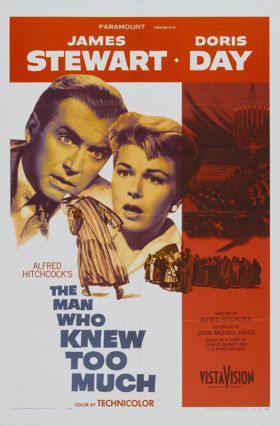
The Ice Box Syndrome: Leaving Questions Unanswered
Now, here's a curveball. In a mystery, you might feel compelled to tie up all loose ends, but in suspense, it's okay to leave some questions unresolved. Hitchcock called this the 'Ice box syndrome', referring to the moment when a couple discusses the plot or something troubling them, and they reach into the ‘ice box’ or refrigerator.
It's that lingering question that keeps the audience thinking about the story long after it's over. It's like the cherry on top of the suspense sundae.
For instance, in Vertigo, Scottie follows Madeline to the McKittrick Hotel. We never see Madeline leave the hotel, and we're left wondering why. Hitchcock intentionally leaves this mystery unresolved, saying, ‘That’s why it’s a mystery.’
It's these unanswered questions that keep us engaged and invested in the story, long after the credits have rolled.
The Golden Rule of Suspense: Engaging the Reader
The golden rule of suspense, according to Hitchcock, is to let the reader in on the secret. By giving the audience more information than the characters, you create a sense of anticipation and anxiety.
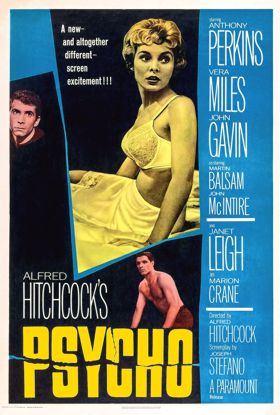
We, as the audience, can't help but feel anxious for the characters, knowing the danger that awaits them.
This technique is masterfully demonstrated in Psycho. When detective Arbogast enters the Bates house to investigate, we know that the murderous Mrs. Bates is waiting for him at the top of the stairs.
The tension is palpable as we watch Arbogast climb the stairs, inching closer to his doom with each step. We're powerless to stop the impending tragedy, and that feeling of helplessness is what fuels the suspense.
The Lasting Impact of Well-Crafted Suspense
There you have it, a comprehensive guide to creating suspense à la Hitchcock. Remember, suspense is all about giving the audience information and letting them stew in their own anxiety. It's about leaving some questions unanswered and letting the audience fill in the blanks. But most importantly, it's about taking your readers on an emotional rollercoaster ride they won't soon forget.
So, go forth and create suspense. Make your readers bite their nails, gasp in surprise, and shiver with anticipation. And remember, in the world of suspense, nothing is as it seems. So, keep your readers guessing, keep them engaged, and most importantly, keep them in suspense. Because in the end, that's what makes a story truly unforgettable.
And with that, we've reached the end of our thrilling journey into the mind of Alfred Hitchcock. We hope you've enjoyed the ride and learned a thing or two about the art of suspense. Now, it's your turn to take the reins and create your own suspenseful masterpiece. So, grab your pen, take a deep breath, and dive into the thrilling world of suspense. And remember, in the words of the master himself, 'There is no terror in the bang, only in the anticipation of it.'